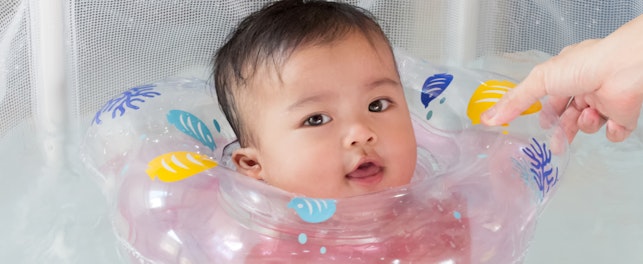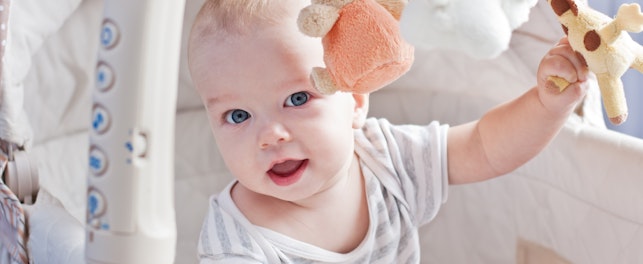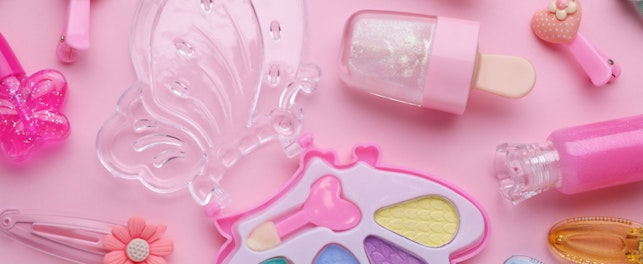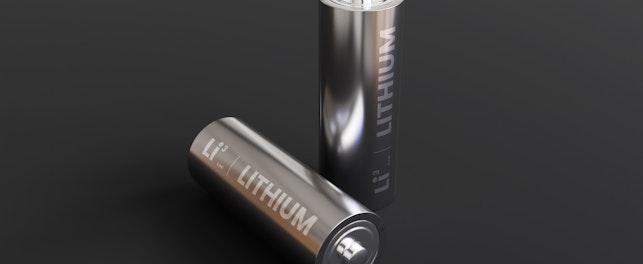The UK has informed the WTO of its intention to revise its legislation on toy safety for GB. The new law would be implemented in phases, starting October 15, 2022.
On April 13, 2022, the World Trade Organization (WTO) announced a draft regulation from the United Kingdom (UK) on its intention to revise the Toys (Safety) Regulations 2011 (UK SI 2011 No. 1881, ‘the Toys Regulations’) and the Cosmetics Regulation 1223/2009, as applicable in Great Britain (GB – England, Wales and Scotland).
The draft regulation, attached to WTO document number 22-3025 and notified under G/TBT/N/GBR/47, contains several important changes to chemical requirements for toys. It:
- Expands the number of allergenic fragrances from 55 entries to 58 entries by adding atranol, chloroatranol and methyl heptane carbonate (Schedule 2, Part 3, Point 11). These allergenic fragrances are prohibited, but their presence is allowed if they are technically unavoidable under good manufacturing practice (GMP) and each fragrance is no more than 100 mg/kg
- Strengthens the migration of aluminum 2.5-fold for all three categories of toy materials (Schedule 2, Part 3, Point 13, see Table 1 below)
- Restricts aniline and formaldehyde in certain toys/toy materials (Schedule 2, Appendix C, see Table 2 below)
These further align Great Britain’s chemical requirements on toy safety with those in Directive 2009/48/EC on (Toy Safety Directive, TSD) in the European Union.
According to the draft regulation, there are two important effective dates for toys:
- October 15, 2022, for provisions other than those specified below
- December 15, 2022, for the migration of aluminum as well as requirements for aniline and formaldehyde
Notwithstanding the provision for the three new allergenic fragrances, toys that are made available on the market before October 15, 2022, can be made available on the market until December 15, 2022.
Notwithstanding the provisions for aniline and formaldehyde, toys that are made available on the market prior to December 15, 2022, can be made available on the market until December 15, 2023.
Highlights of the proposed requirements for aluminum, aniline and formaldehyde are in Tables 1 and 2.
Point 13 under Part 3 of Schedule 2 | ||||
|---|---|---|---|---|
Toy Material |
| |||
Category I | Category II | Category III | Effective Date | |
Toy Regulations | 5,625 mg/kg | 1,406 mg/kg | 70,000 | In force |
Draft Toys and Cosmetic Products (Restriction of Chemical Substances) Regulations 2022 | 2,250 mg/kg | 560 mg/kg | 28,130 mg/kg | Proposed December 15, 20 22 |
Table 1
WTO Document Number 22-3025, April 13, 2022 | ||
|---|---|---|
Substance | Unless otherwise Stated, Requirement is Total Content of Substance | Proposed Effective Date |
Aniline |
| December 15, 2022 |
Formaldehyde |
| |
Table 2
Definitions and examples of toy materials
Toy Category | Example |
|---|---|
Category I: |
|
Category II: |
|
Category III: |
|
SGS is committed to providing information about development in regulations for consumer products as complimentary services. Through a global network of laboratories, SGS provides a wide range of services including physical/mechanical testing, analytical testing and consultancy work for technical and non-technical parameters applicable to a comprehensive range of consumer products. In the end, it’s only trusted because it’s tested. Contact us for more information or visit our website.
For inquiries, please contact:
Dr. Hingwo Tsang
Global Information and Innovation Manager
t: (+852) 2774 7420
© SGS Group Management SA - 2022 - All rights reserved - SGS is a registered trademark of SGS Group Management SA. This is a publication of SGS, except for 3rd parties’ contents submitted or licensed for use by SGS. SGS neither endorses nor disapproves said 3rd parties contents. This publication is intended to provide technical information and shall not be considered an exhaustive treatment of any subject treated. It is strictly educational and does not replace any legal requirements or applicable regulations. It is not intended to constitute consulting or professional advice. The information contained herein is provided “as is” and SGS does not warrant that it will be error-free or will meet any particular criteria of performance or quality. Do not quote or refer any information herein without SGS’s prior written consent.



